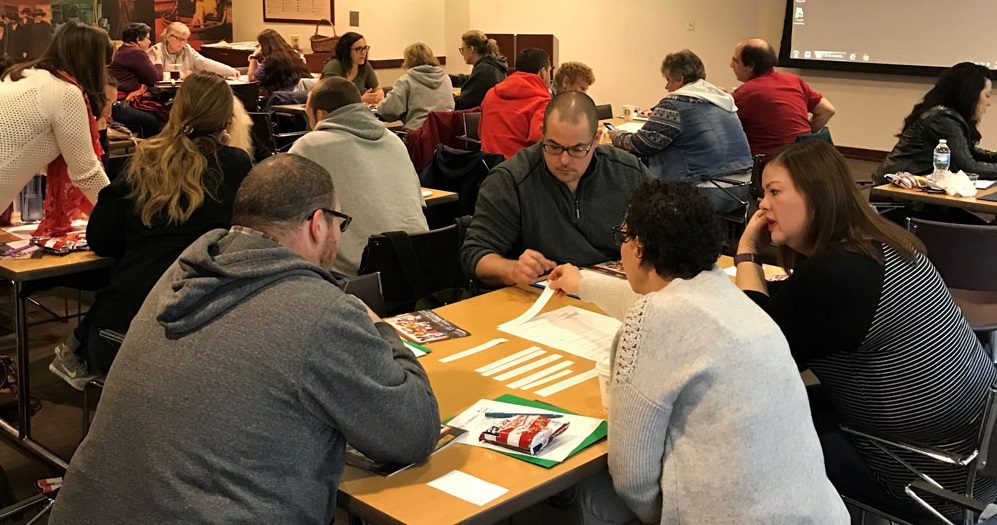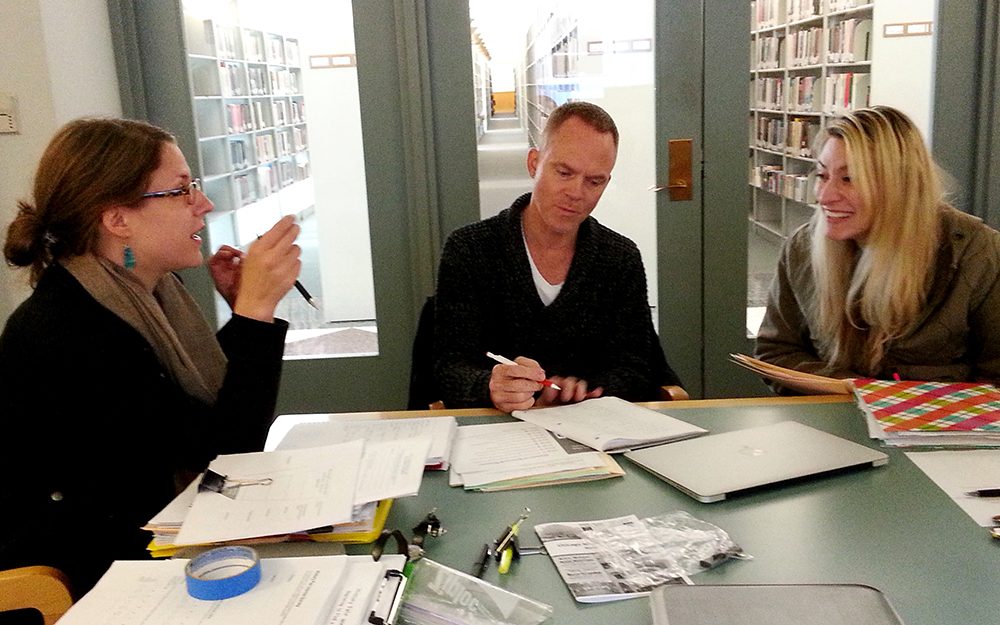Educators
Chicago Metro History Day

Why Do History Day?
History Day is a powerful tool for both teachers and students.
Students develop high-level academic skills as they conduct research and synthesize sources to build their own arguments. They develop important civic reasoning skills as they critically evaluate sources and connect their study of the past with the world they see around them today. History Day students build agency and confidence as they become subject-matter experts on their chosen topics and present their findings to the public.
History Day teachers become part of a community of practice with other dedicated and knowledgeable History Day teachers. They gain access to curricular materials, research resources, free virtual classroom visits by History Day staff, and professional development opportunities.
- See how CMHD helps you meet standards and comply with mandates including the Common Core State Standards (PDF) and the ISBE Civics Mandates (PDF).
- Watch testimonial videos by fellow teachers as they share their positive experiences.
- National History Day’s Why NHD Works page applies to our program as a regional affiliate of National History Day.
Want to learn more but aren’t sure you’re ready to commit to participating? Email cjohnson@chicagohistory.org to request a CMHD information packet!
Ready to participate? Read on!
Registering to Participate
History Day requires significant coordination from participating teachers and plenty of time for students. Participating schools should designate a contact History Day teacher who will be responsible for interfacing between the school and CMHD.
- Complete the Intent to Participate form for the 2024-25 school year as soon as possible (due by December 2).
- Check out our 2025 Dates and Deadlines to help plan your academic year.
- Familiarize yourself with the NHD Rule Book. CMHD uses the NHD rule book at all levels of competition.
- The theme for 2025 is “Rights & Responsibilities in History.” Learn more and get topic ideas on our Theme and Topics page.
- Visit and bookmark our Teaching History Day page for more classroom and curricular resources.
- If you are looking for a particular resource that used to be on this page, you can find it on our CMHD Resource Archive.

Professional Development
Chicago Metro History Day offers a variety of professional development programs to support inquiry-based learning of history. Fill out the Intent to Participate form or contact cjohnson@chicagohistory.org to be added to our invitation list for future offerings.
Connecting with Us
- We welcome all and are committed to making History Day accessible to everyone. If you or your student(s) have needs that require additional accommodation, please contact us and let us know how we can support you.
- Please contact us if you have any questions or would like to arrange for us to speak to your students.
- Teachers can join our closed, teachers-only CMHD Facebook group to get the latest info first and connect with other History Day teachers!